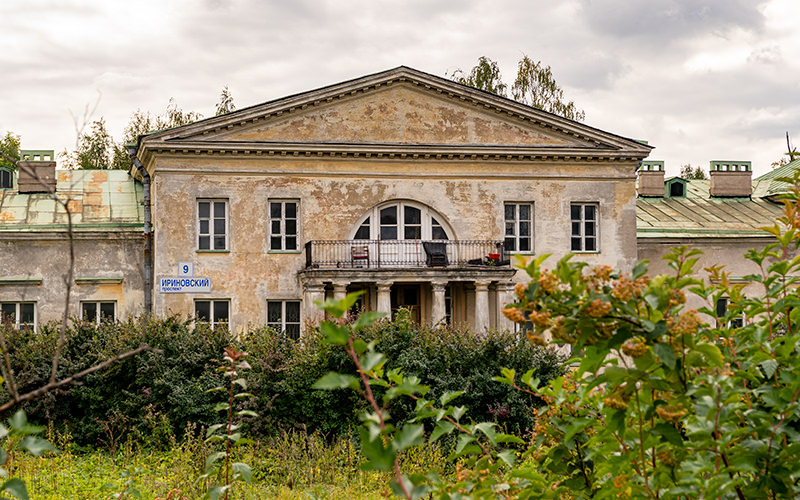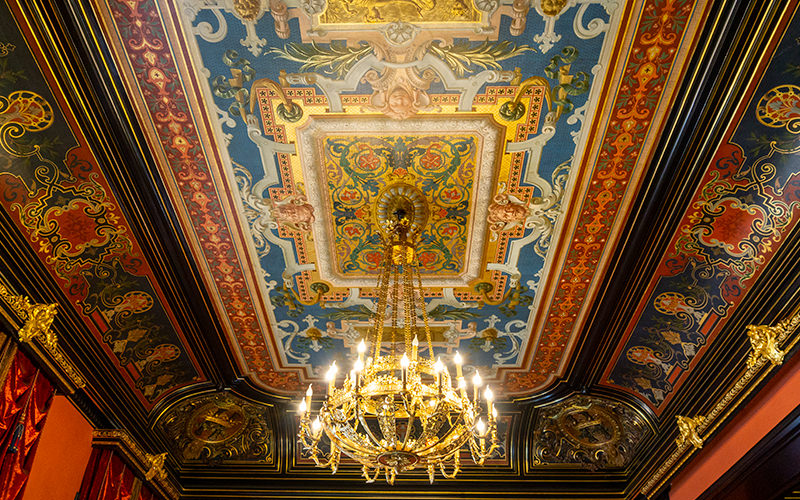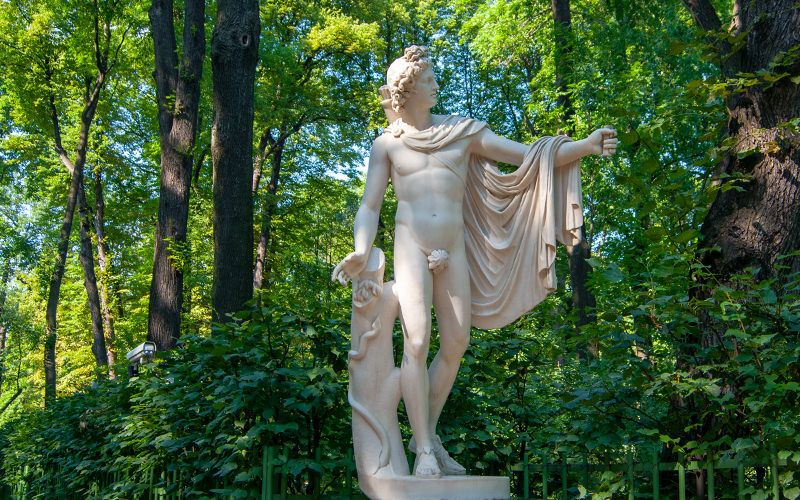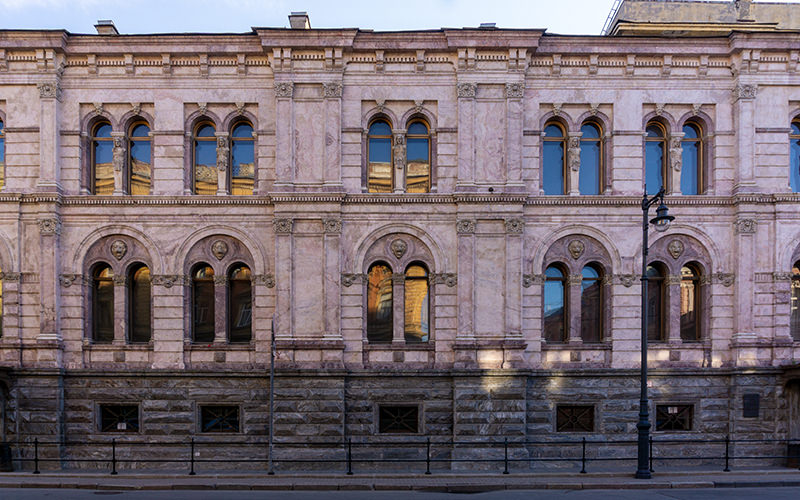In the northeastern part of the famous Summer Garden in St. Petersburg stands a small but noteworthy structure, Peter I's Summer Palace. Almost as old as the city itself, the building is remarkably well-preserved, and during the summer, anyone can enjoy an excellent tour of the interiors created for the most famous Russian ruler.
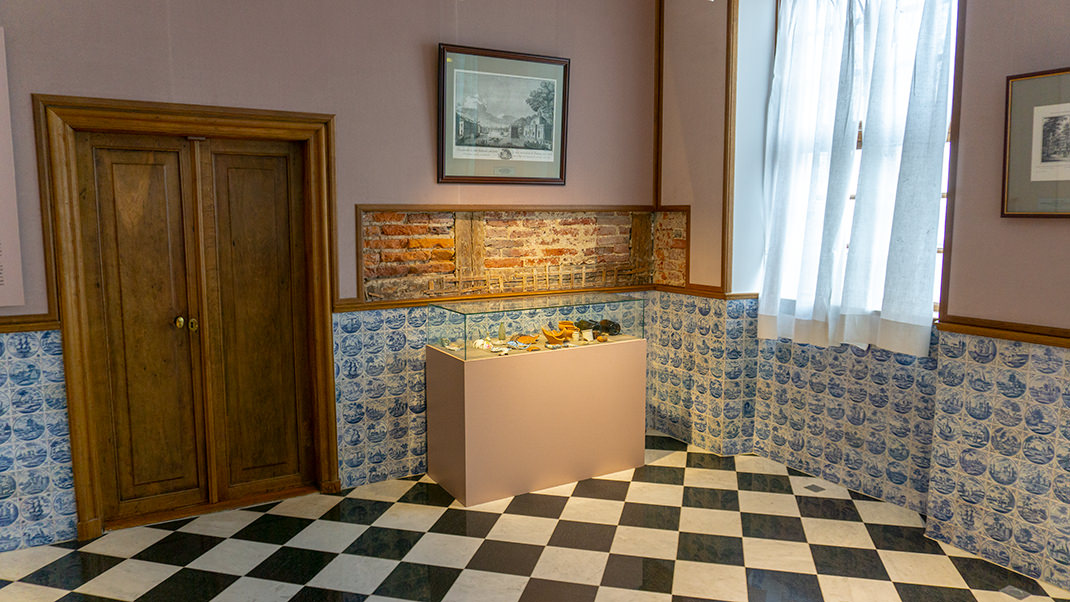
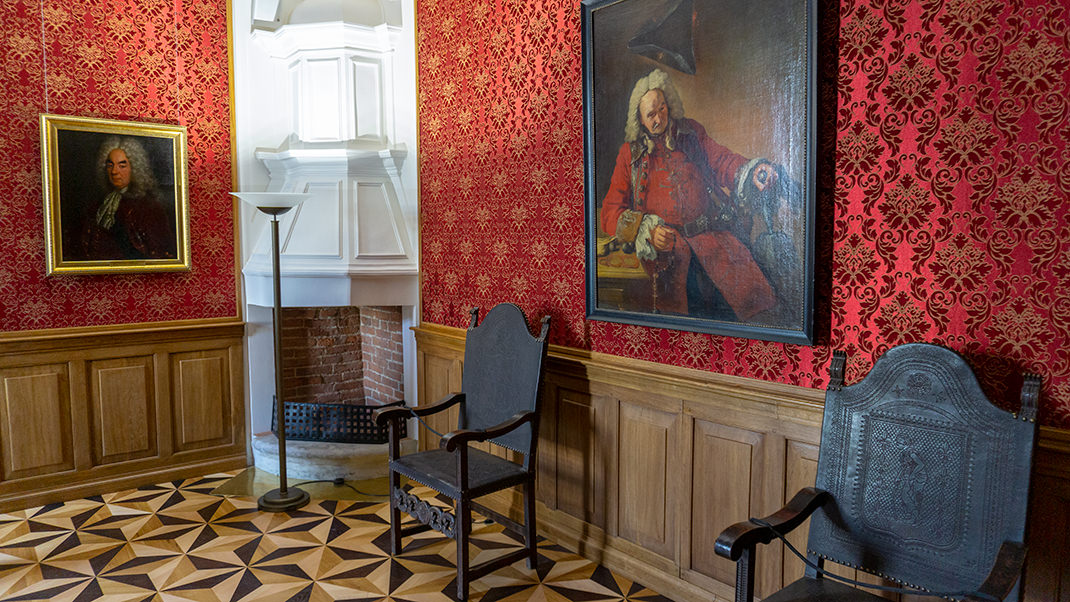
How to Get There by Metro
The palace is located in the tourist heart of St. Petersburg, within the Summer Garden. The nearest metro stations are "Nevsky Prospect" and "Gostiny Dvor," with a travel time of about 20 minutes from either.
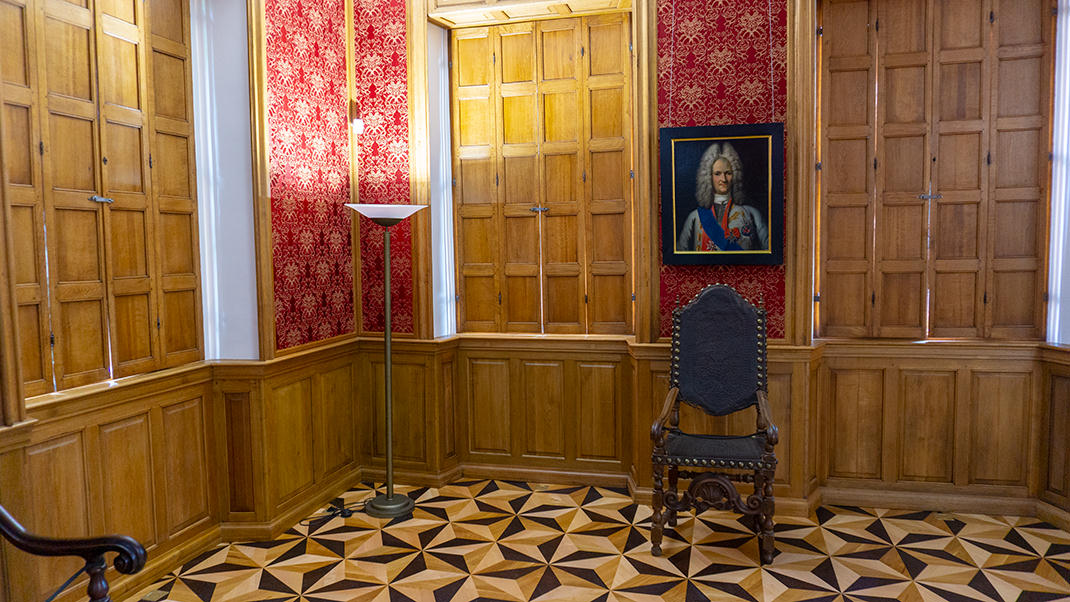
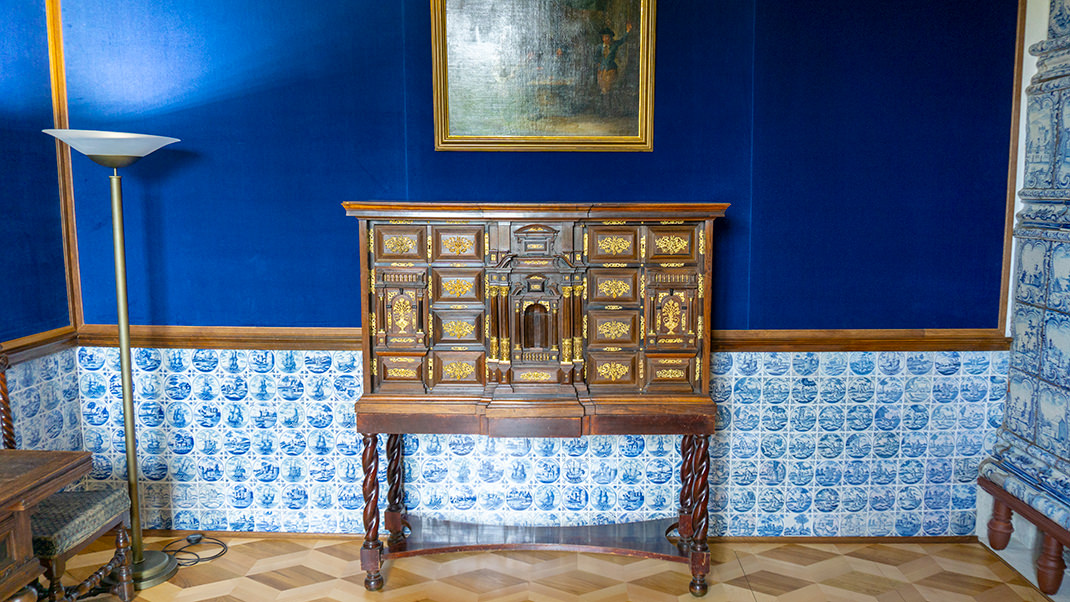
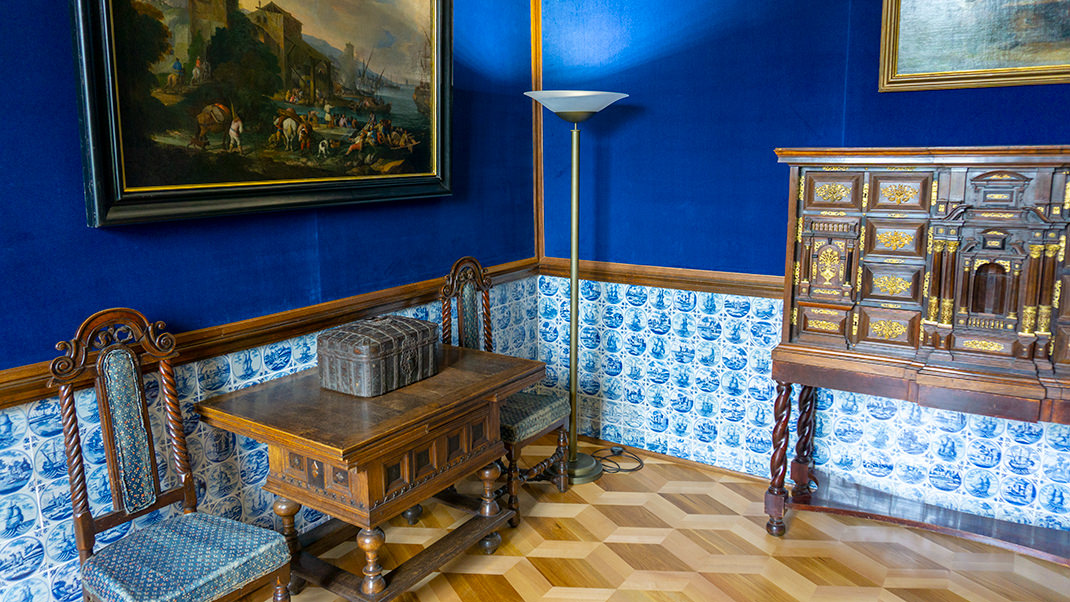
Please note that tours of the palace are conducted only at specific times, in groups of 15 people. You can check the schedule on the official website of the Russian Museum, which the palace belongs to.
The price for an adult ticket is 500 rubles (summer 2019). Please be aware that payment can only be made in cash, as there are no ATMs near the palace.


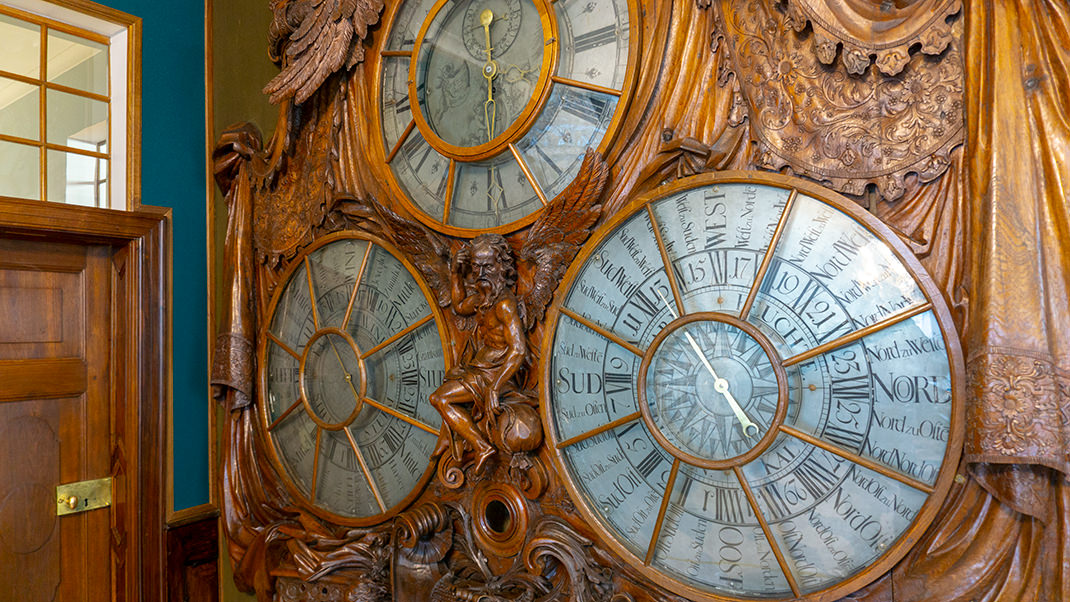
A Bit of History
The palace was built from 1710 to 1712 according to the design of the famous Domenico Trezzini. Since 1703, a summer house belonging to Peter had existed on this site. Several craftsmen participated in the decoration of the palace's facades in the "Dutch manner," including the well-known early baroque architect Andreas Schlüter.
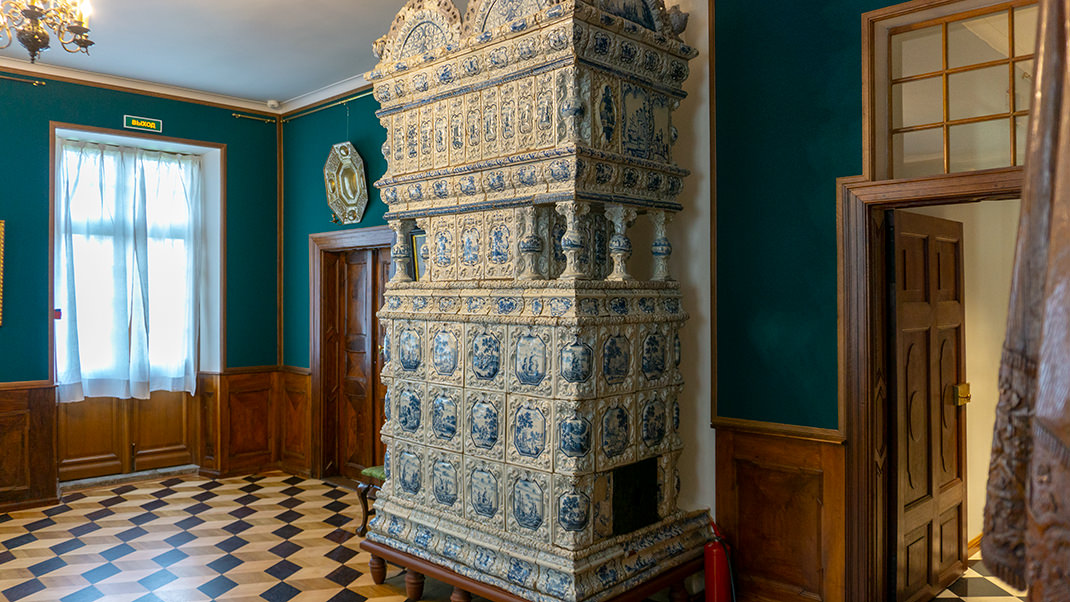
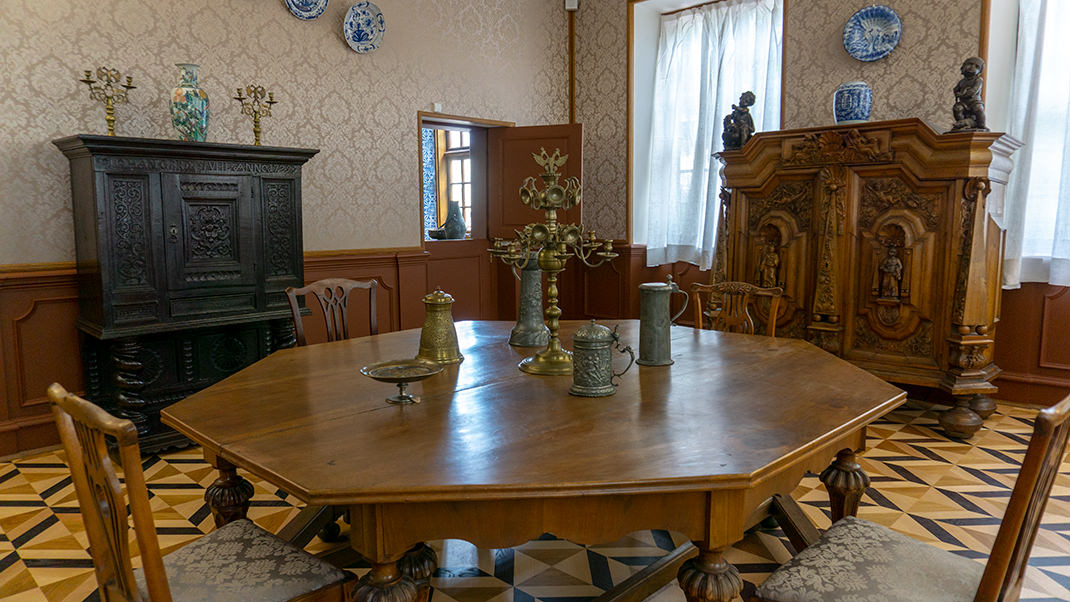
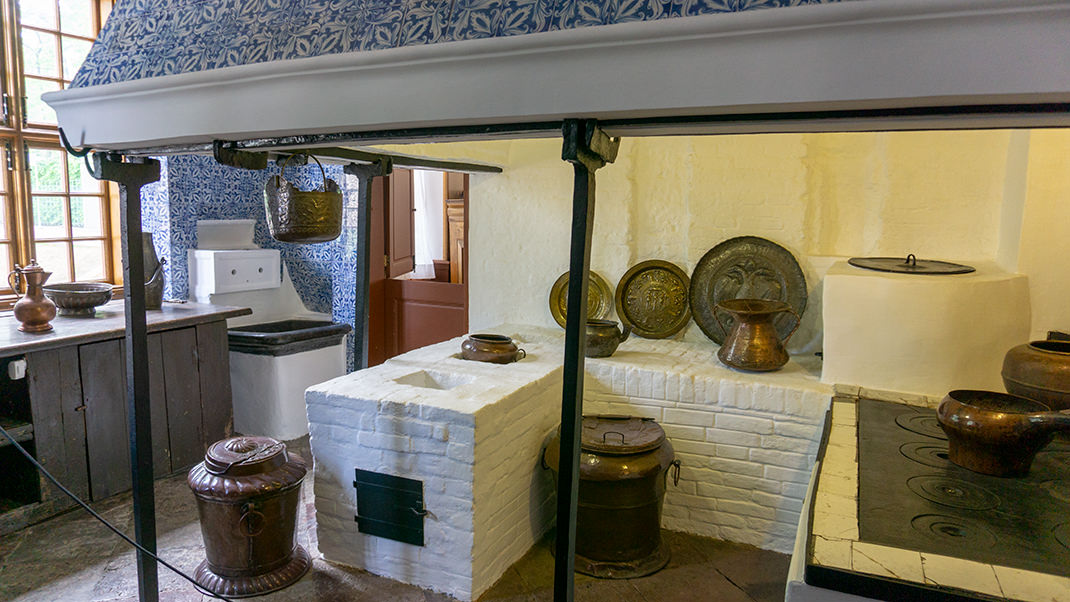
There is a legend that the palace was built on the Admiralty side of St. Petersburg to encourage residents to settle around it. This part of the city was developing very slowly; on the opposite side of the Petrograd side, there was a port, a trading square, and Peter's first residence, his small house, was also located there.
By 1704, there was a need to populate Admiralty Island as there was a lack of labor. Officers and officials were relocated there under the threat of "deprivation of livelihood." Unfortunately, we cannot know whether the construction of the palace indeed influenced the settlement activity on the left bank of the Neva, but this process began right after the palace's completion.
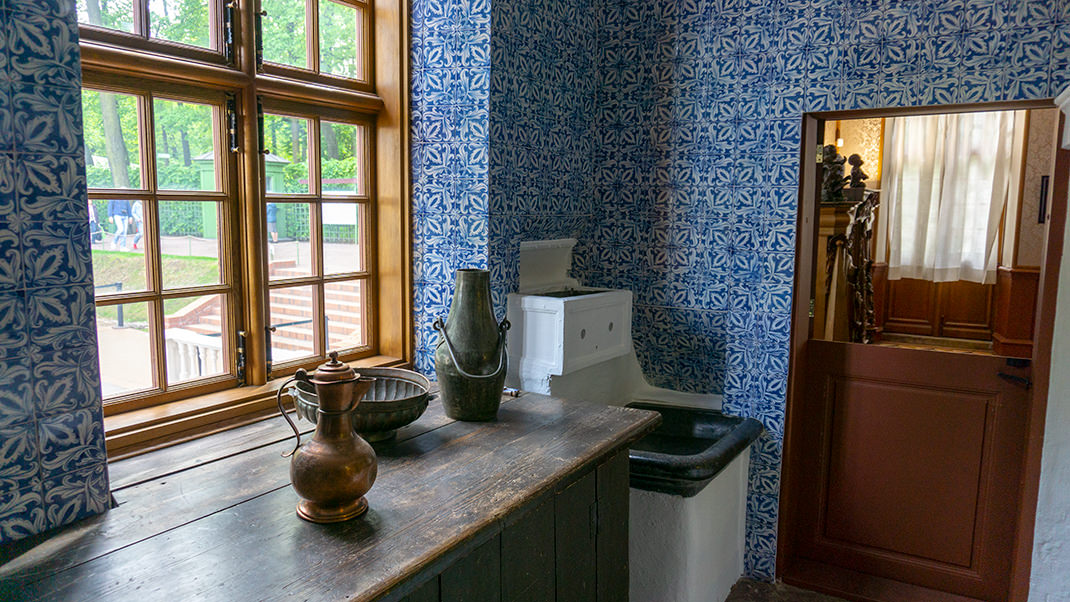

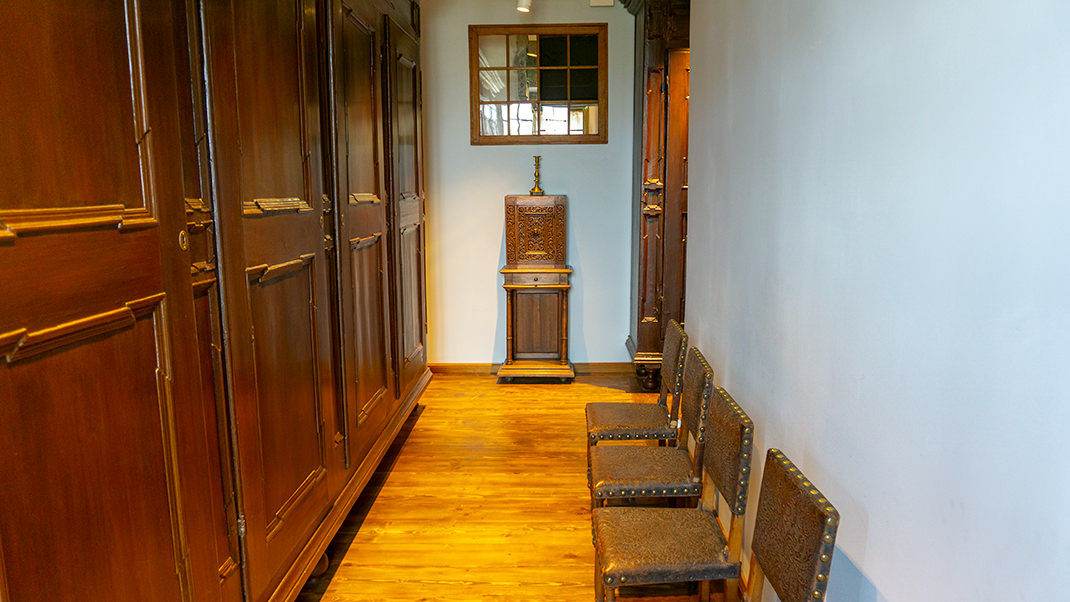
After the emperor's death, the building did not fall into decline; during the reign of his daughter Elizabeth, the Summer Palace was used for the accommodation of high-ranking officials. Notably, a unique exhibit has survived here: a wind instrument ordered by Peter during his lifetime.


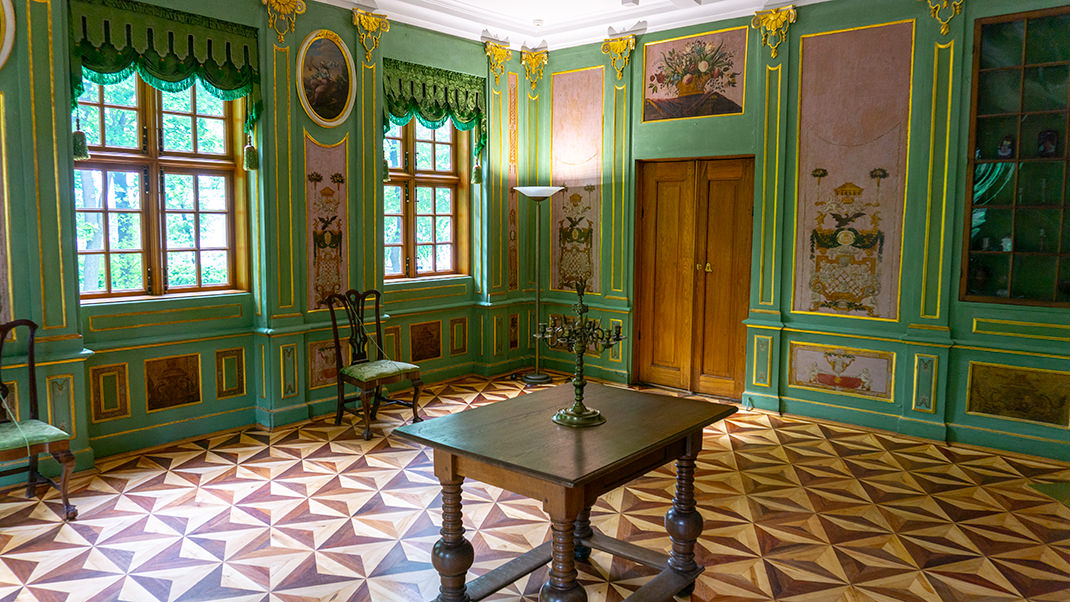
Like many buildings in the city, the palace suffered during the Great Patriotic War, and its restoration began in 1946. Remarkably, during the war, the Summer Palace and Peter's House on the Petrograd side were briefly opened for visits: this was a symbol that Leningrad was not broken by the enemy's onslaught and that the city was still alive.
Since the 1920s, the Summer Palace has been open as a museum, though the exhibitions held there were not related to its history. However, by the 1930s, various items belonging to Peter and period interior objects began to appear in the museum. In 2004, the building came under the management of the State Russian Museum.
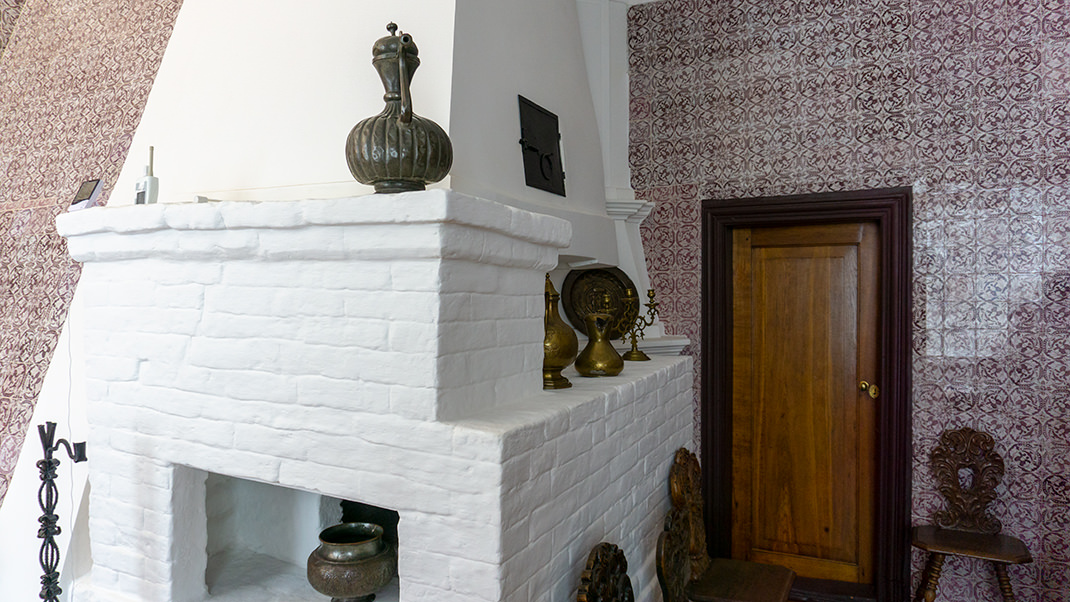
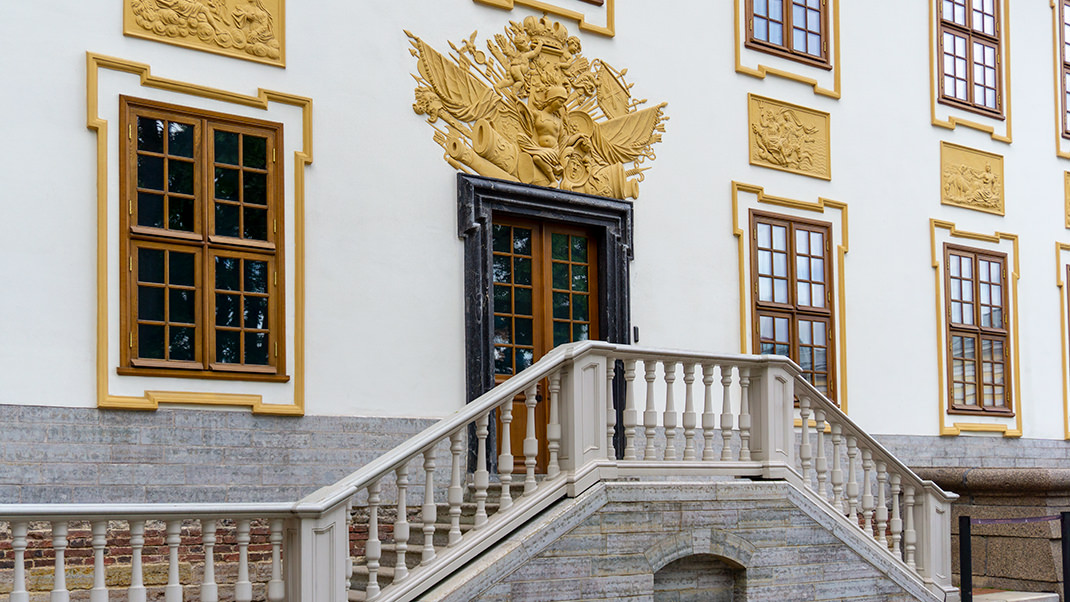
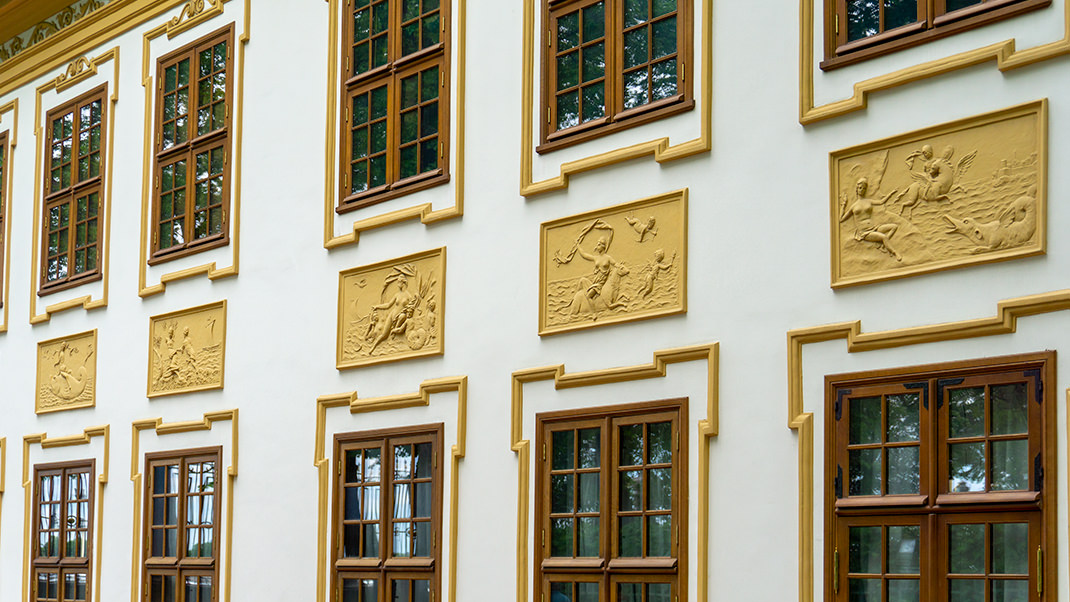
The Summer Palace is an excellent place to enjoy beautiful ancient interiors and learn more about the history of St. Petersburg. The city's most famous attractions—the Peter and Paul Fortress and the Spit of Vasilyevsky Island—are within walking distance.
In summary:
- The palace features an interesting historical exhibition;
- Conveniently located in the center of St. Petersburg;
- Tours are conducted only at specific times, so it is best to plan your visit in advance.



